Historical Background: The Rise of Babylon and the Making of the Ishtar Gate
During the Neo-Babylonian Empire, King Nebuchadnezzar II (605–562 BCE) launched one of the most ambitious building programs of the ancient world. Determined to transform Babylon into a city worthy of its divine patrons, he expanded the temples, rebuilt the fortifications, and constructed monumental gateways that proclaimed his power and prestige. Among these, the Ishtar Gate became the most iconic. Serving as the northern entrance to the inner city, it marked the beginning of the Processional Way, a grand avenue used during the New Year Festival. Nebuchadnezzar himself celebrated the gate as a testament to Babylon’s glory in several surviving inscriptions.
Table Of Content
The gate was built using glazed, deep-blue bricks produced by firing minerals with copper compounds to achieve their famous colour. These bricks formed a surface decorated with nearly 575 reliefs of striding lions, bulls, and mushḫuššu dragons, animals representing the gods Ishtar, Adad, and Marduk. These creatures were not purely decorative: they served as symbols of divine protection, announcing to every visitor that Babylon stood under the guardianship of its most powerful deities. The scale and craftsmanship of the gate reflect an advanced understanding of engineering, kiln technology, and aesthetic symbolism.
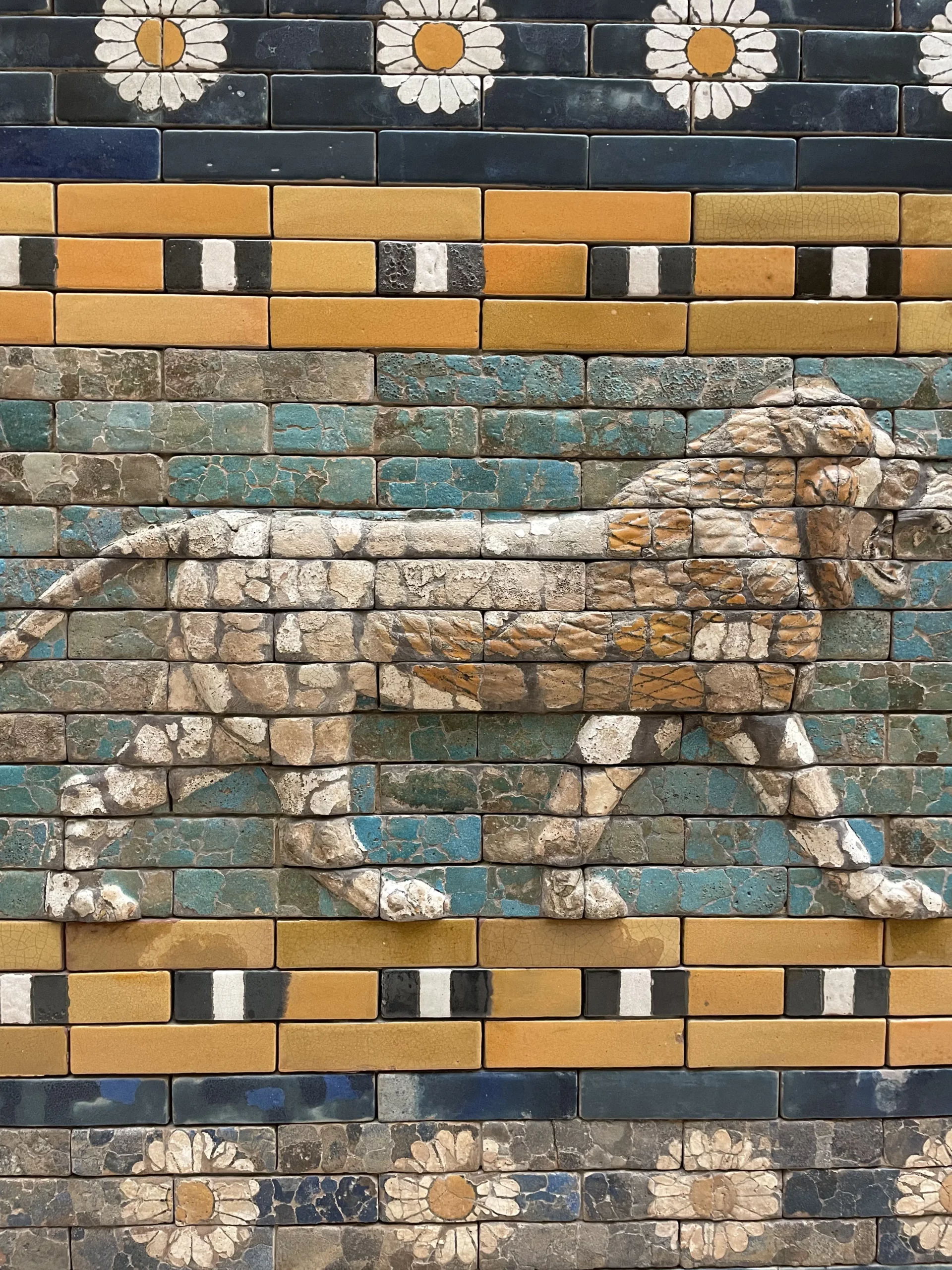
Excavation: Rediscovery of a Lost Wonder
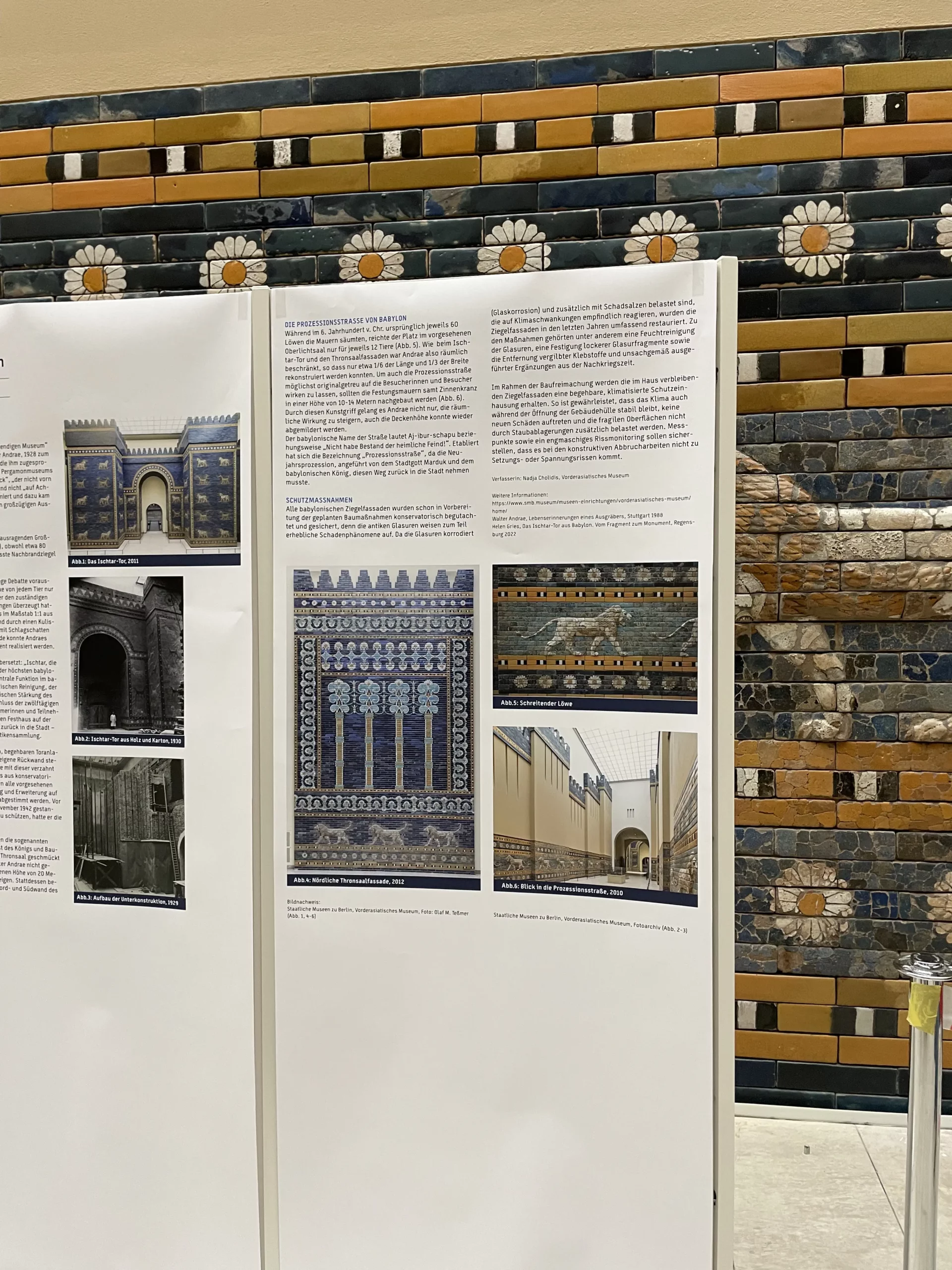
The modern story of the Ishtar Gate began in 1899, when German archaeologist Robert Koldewey initiated a large-scale excavation at the site of ancient Babylon. Over fifteen years, Koldewey and his team mapped the city layout, unearthed temples, traced the Processional Way, and uncovered tens of thousands of glazed brick fragments. By 1914, they had identified the remains of the gate’s foundations and collected enough pieces to recognise its original scale and decoration.
At the time, Iraq was part of the Ottoman Empire, and the excavation operated under Ottoman antiquities laws. These regulations allowed foreign archaeologists to share or export portions of their discoveries. Because the specific bricks of the Ishtar Gate were found scattered and broken rather than as an intact structure, German authorities were permitted to transport a large portion of the material to Berlin. This included glazed bricks, reliefs, and architectural elements that would later form the foundation of the gate’s reconstruction.
How the Ishtar Gate Arrived in Berlin

Between 1912 and 1914, thousands of crates filled with Babylonian artefacts were shipped from Iraq to Germany. The decision to move the pieces was controversial even in the early 20th century. Although it complied with the legal agreements of the time, many historians and archaeologists argue that the arrangement favoured foreign powers over local interests. Iraq’s subsequent governments have repeatedly called for the return or shared stewardship of the Ishtar Gate, citing its importance as a national symbol.
Germany, however, maintains that the gate was preserved, reconstructed, and protected in circumstances where it might otherwise have deteriorated. The fragments were carefully catalogued, restored, and incorporated into a large-scale reconstruction completed in 1930. This reconstruction, displayed at the Pergamon Museum in Berlin, remains one of the most complete visualizations of ancient Babylon’s architecture available to the public.
Reconstruction in Berlin

The reconstructed Ishtar Gate displayed in the Pergamon Museum stands over 14 meters high. Its brilliant blue façade, decorated with relief animals, offers a powerful impression of what ancient Babylon might have looked like at its peak. To complete the display, German specialists used both original bricks from the excavations and newly fired replacements made to match the ancient materials. The larger, outer gate, which would have been significantly taller, could not be reconstructed due to insufficient surviving material.
Alongside the gate, a section of the Processional Way has also been recreated. Visitors walk between rows of striding lions, giving a vivid sense of how ancient Babylonians celebrated religious festivals and royal ceremonies. Despite the controversy surrounding the relocation of the gate, its reconstruction has allowed millions to engage with a major chapter of early urban civilization.
Photo Gallery


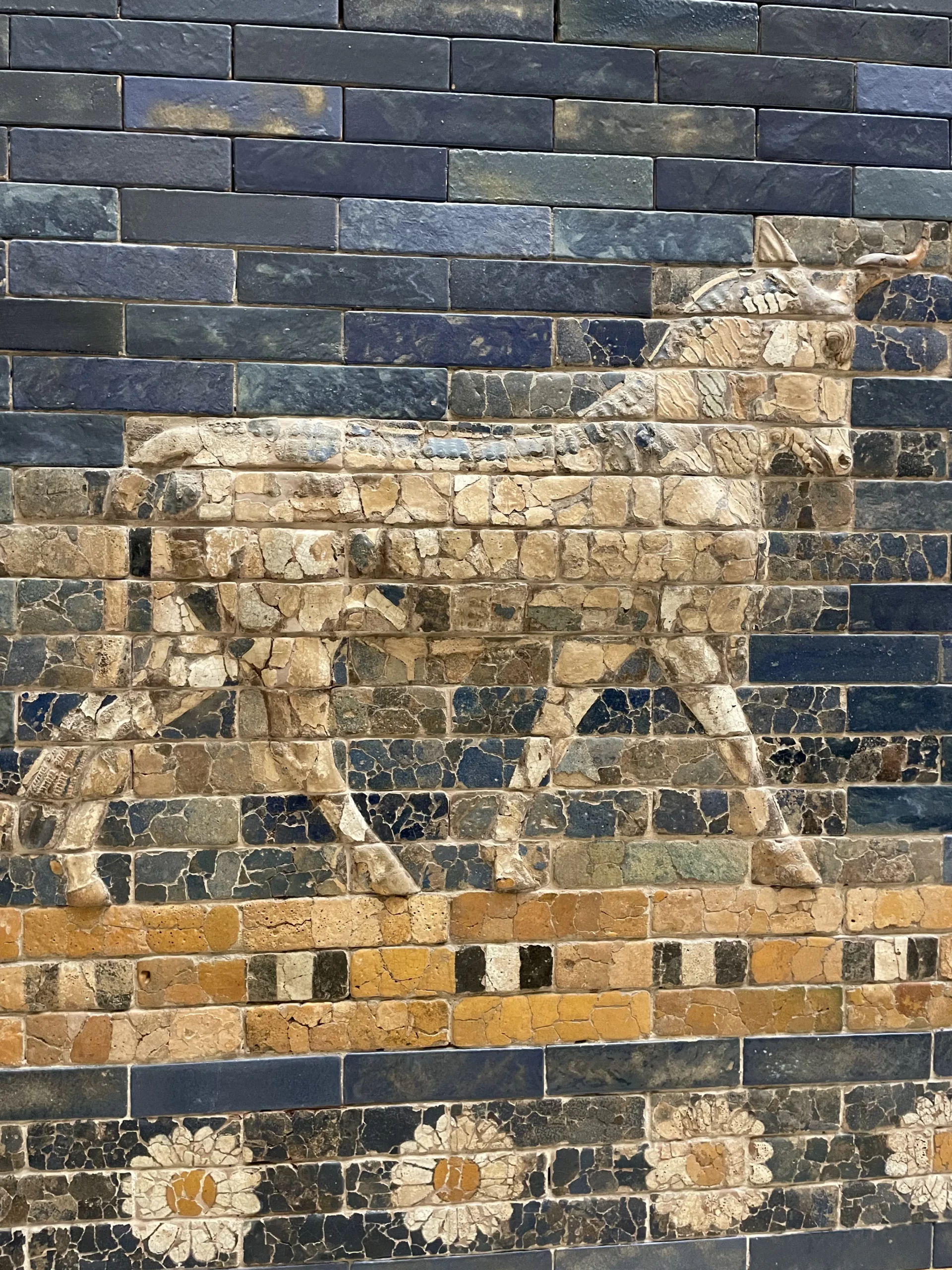

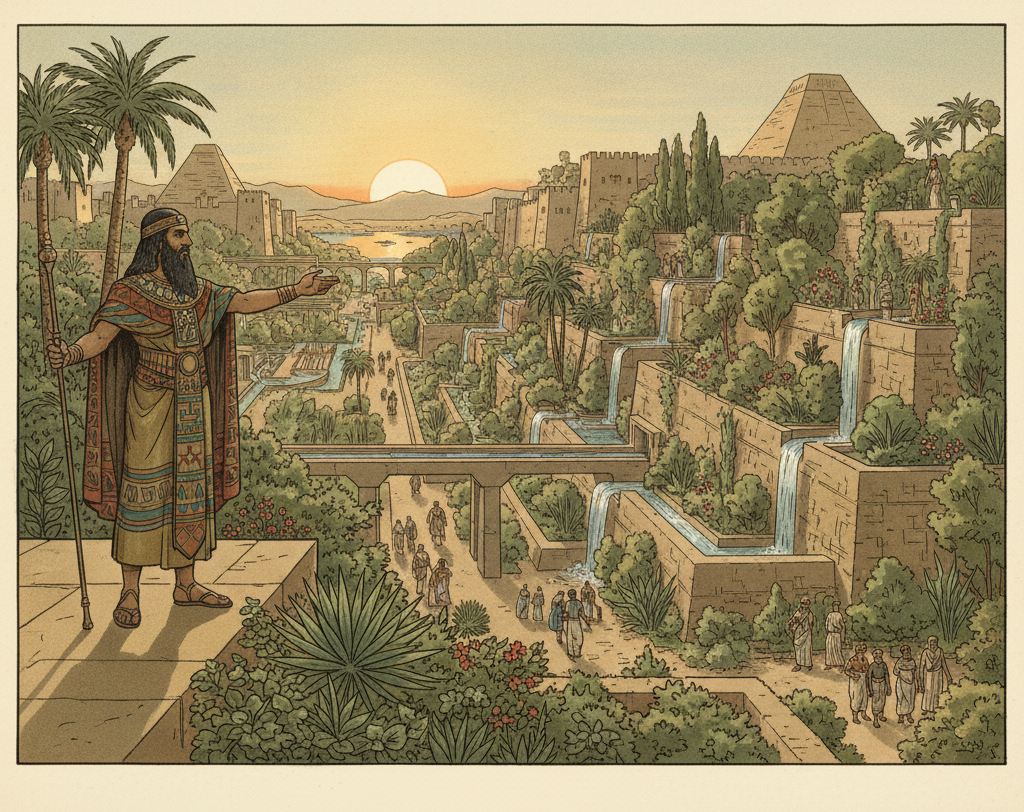
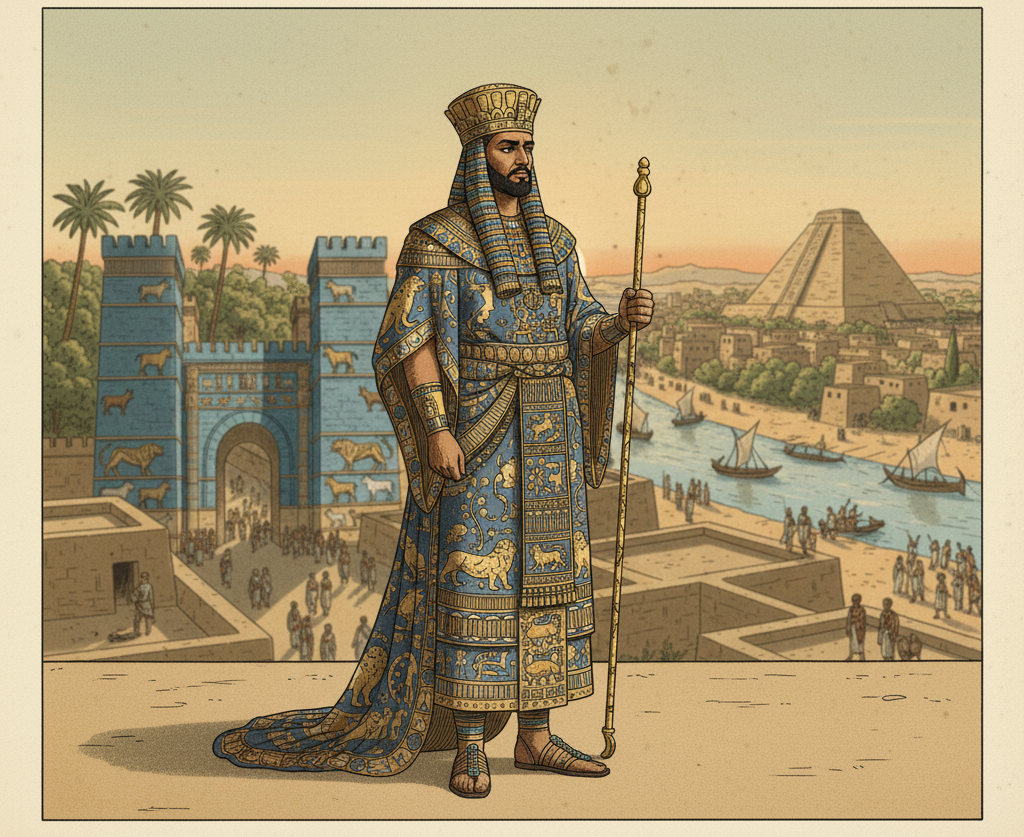
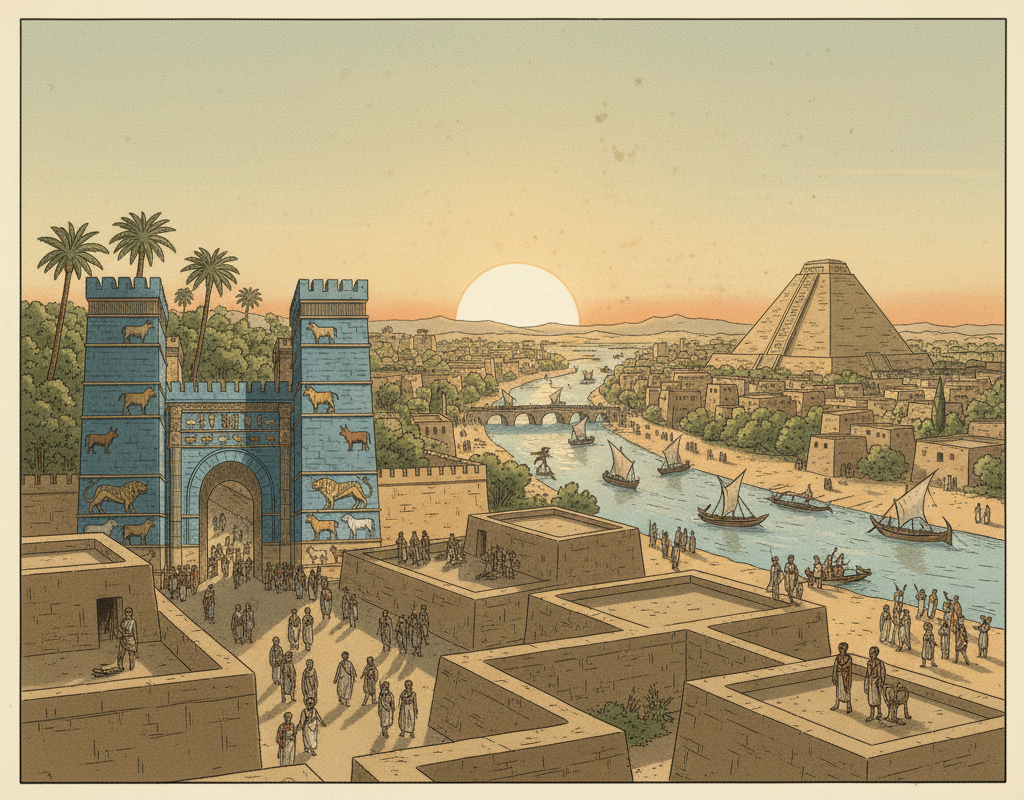
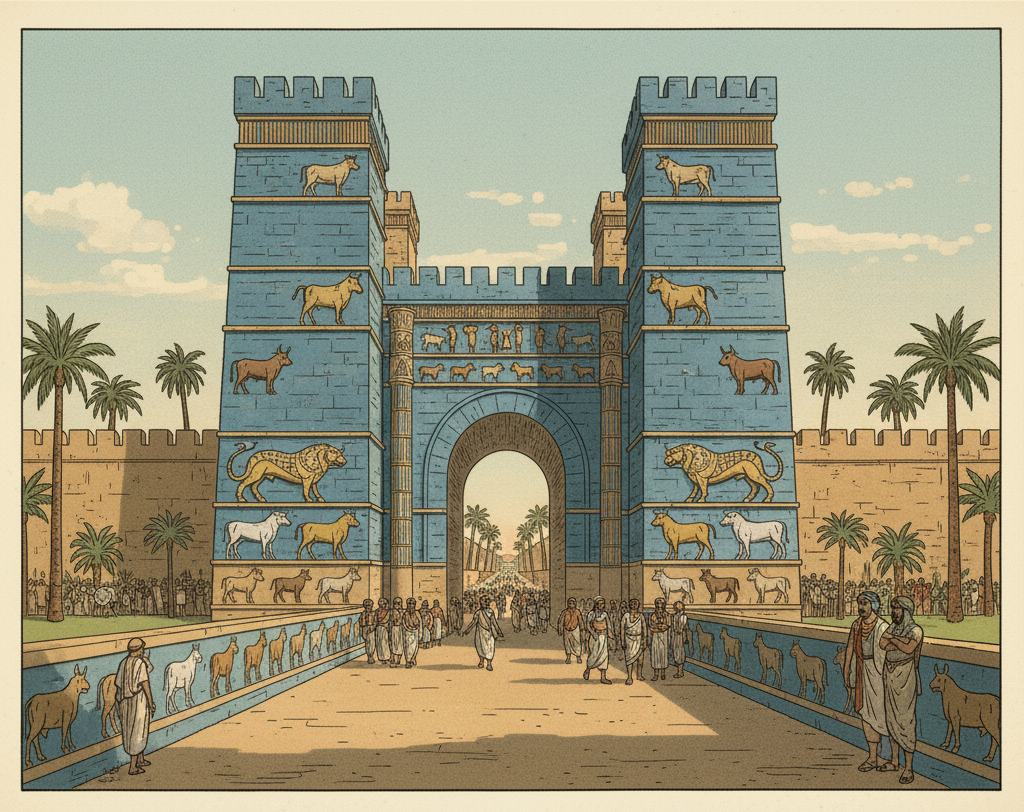
Extremely motivated to constantly develop my skills and grow professionally. I try to build my knowledge, flexibility, and interpersonal skills through several projects and within different teams.



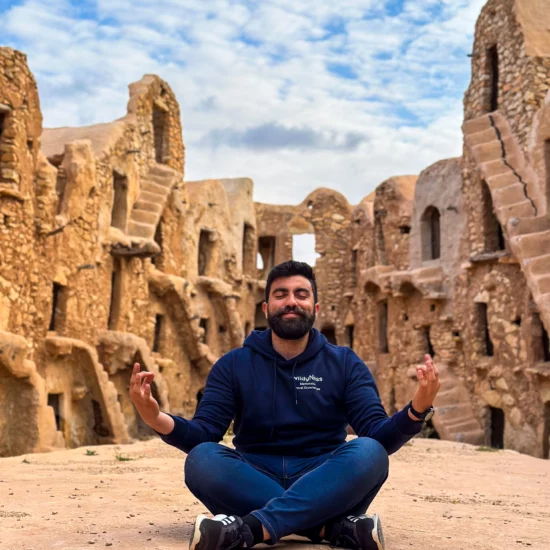




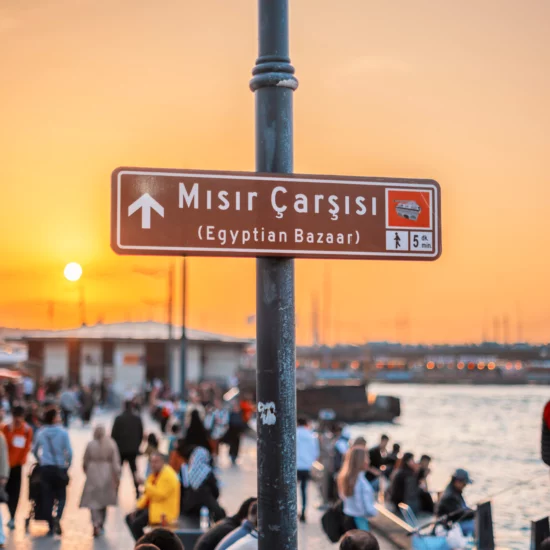




No Comment! Be the first one.